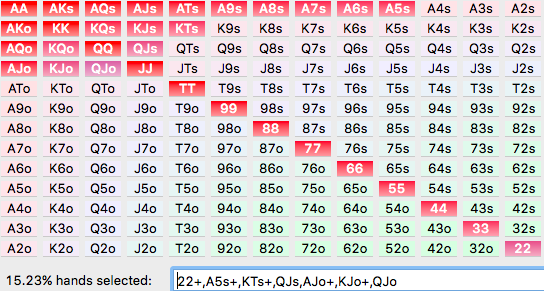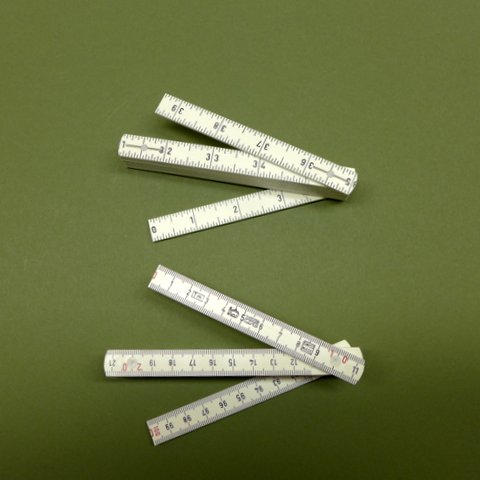7/21/2022
Push Fold Chart Full Ring
Push Fold Chart Full Ring 8,4/10 3844 reviews
Over on the new website, I've created a free and simple to use push-fold calculator to give you the correct shoving ranges for all situations where you're under 10BB's. I strongly encourage you to go check it out:
Full-Ring Duwen of vouwen Jennifear Push or Fold Chart. Short-Handed Opening rangen. Ander gereedschap ICM Calculator Winkans M-calculator Pokertoernooi klok. Trackers Wat is een tracker in poker? PokerTracker 4 Poker Copilot Xeester Hand2note. Float the Turn Poker App Push Fold Chart. FloatTheTurn.com has created a new Push/Fold Chart App for your phone that you can often use during live or online play to help you make better decisions when short stacked. The Push/Fold Charts are designed for No-Limit. FloatTheTurn is not accepting any new signups. Click here to access your FloatTheTurn.com membership. If you are interested in learning more about Jonathan Little’s Poker Coaching options, visit https://pokercoaching.com.
* * *
I received an email question from GolfPro today about playing a short stack in an MTT:
'Question: When playing tournaments the ideal place to be is not to hover around 10 BB. Assuming you end up deep and your stack falls between 5 - 10 BB's, What are the hands that you would shove with? Do we wait for a favourable situation (like no raise in front) and shove with certain hands?'
The answer to this is a resounding Yes! We poker players absolutely have a range of hands we should be open-shoving with when short-stacked. In fact, this is one of the few areas of poker that is actually 'solved' by the math geeks of poker. The solution method derives from something called the Nash Equilibrium method.
In game theory, Nash equilibrium is a method of solving so-called 'non-cooperative games' (like poker) that involve two or more players. Nash assumes that each player is playing perfectly; i.e,. everyone knows the strategies and best decisions of the other players, and no player has anything to gain by changing only their own strategy unilaterally. Said another way: Hero and Villain are in Nash equilibrium if Hero is making the best decision he can, taking into account Villain's strategy, and Villain is making the best decision he can, taking into account Hero's strategy.

If you were in MP with, say four players left to act, and the action folds to you and there are not yet Antes involved, you should be open shoving with: 22+ A7s+ A5s-A3s ATo+ K8s+ KJo+ Q8s+ QJo J8s+ T8s+ 98s. If you have a shorter stack than 10bb, just select the appropriate tab on the web page and go from there. Same with 6-max and heads-up play. (Note that if you have more than 10bb, you should be open-raising to less than all-in.)
Push Fold Charts
Now, are the charts on a site like this perfect for all situations? No, of course not. The charts don't take into account things like individual villain traits and tendencies, and by default they have to assume a specific payout structure that may or may not match the tourney you're playing in (e.g., this particular web site assumes a very top-heavy payout structure). They also assume your opponents are playing perfectly and adjusting accordingly. This is clearly not true...
... but it turns out that this doesn't actually matter much. Most experts agree that if you use correct short-stack push-fold charts like the ones found on Exceptional Poker you will have a significant advantage over ~60% of the players you find at low and mid-stakes online tourneys, and probably a high as 70%+ in your local casino live low-stakes tourneys. Pay attention- this is a really significant edge, folks.
Note that if you're new to push-fold Nash charts, you might think the hand ranges seem pretty wide. Well, yes, they are. But the math don't lie, and countless computer simulations by lots of smart poker/math guys have proven that these charts represent the game theory optimal solution and are correct.
Jennifear Push Fold Chart
Note also that the Nash ranges assume you're up against opponents who play perfectly. When they make mistakes or don't play optimally, you profit even more by using the charts. Note however that if your opponent's mistakes are significantly large you can make even more profit by deviating your push/fold ranges from the chart. Usually this means tightening up a wee bit. But don't go too far, or you
Push Fold Charts Equilibrium
will be the one straying too far from Nash's recommendations-- and therefore be the one playing sub-optimally.All-in for now...